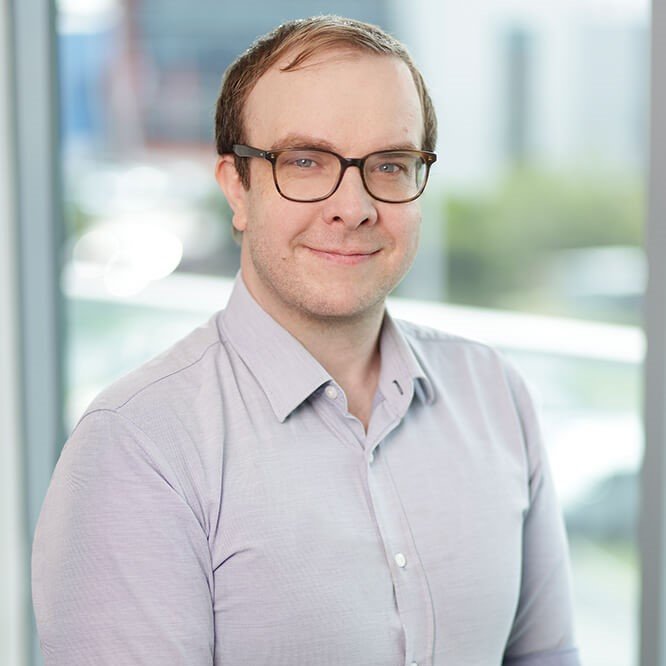New Research to Create Bone Cells Gives Hope to Patients
New research (1) has found that sound waves can be harnessed to turn stem cells into bone cells. This could help patients regrow bone, giving them a new lease on life.
The result is the culmination of over a decade of work in the area by scientists at RMIT University in Melbourne, Australia.
Researchers say the method used in the study is more effective and affordable than any tried previously, making it budget-friendly and easier for patients too.
Why is this research groundbreaking?
Instead of extracting stem cells from a patient’s own bone marrow, this procedure uses sound waves to treat stem cells in a faster and less complex method.
In fact, sound waves have been used before to generate bone. However, the low-frequency sound waves used previously required a longer treatment time of seven days or more.
What’s more, the equipment to do this was expensive, meaning the procedure could not be offered to patients on a large scale.
However, in this latest study, the high-frequency sound waves used meant treatment time was slashed by several days, and the fact that patient’s own bone marrow was not involved meant a less invasive procedure.
The equipment used was less expensive than traditional methods too, implying that this way of regenerating bone could be offered to many more patients.
Researchers say that this new method will play a vital role in tissue engineering, which reconstructs bone and muscle by triggering the body’s power to heal itself.
What sort of conditions could this process help?
Tissue engineering can help a wide range of conditions involving bone loss, many of which are common in elderly or vulnerable populations, including degenerative diseases.
Degenerative diseases are conditions where tissue like bone breaks down at a faster rate than normal. They are usually long-lasting and get worse over time, restricting patients’ everyday activities and reducing their quality of life.
Degenerative diseases examples include:
Osteoporosis, where bone deteriorates over time and makes a person more vulnerable to fractures
Renal osteodystrophy, a bone disease where kidneys can’t maintain adequate levels of calcium and phosphorus in the blood. This can lead to bone loss.
Bone tumours, which most usually affect the pelvis and bones in the arms and legs and may be cancerous or benign
Patients who have suffered bone loss as a result of injury are also likely to benefit from this method of tissue engineering in the future.
Open new doors for your loved one
Without a doubt, this research paves the way for a brighter future for many people, including the elderly population, who are more likely to be living with conditions that can be aided by tissue engineering.
It’s just one of the many advances in medicine and technology that are making life easier and more fulfilling for elderly populations.
In the field of monitoring and alarm solutions, advances in technology and systems are also helping to improve quality of life for the elderly.
The Tunstall range of in-home and personal alarms, which are part of their Connected Care system, is a prime example of using technology to make elderly and vulnerable people’s lives more enjoyable and carefree.
When triggered, a Tunstall alarm connects to a 24/7 call centre where users can immediately speak to a staff member who will talk them through their situation and call for help if needed.
This offers invaluable peace of mind to carers and loved ones while allowing the alarm user to continue living their independent life.
If you’d like to know more about how Tunstall products can help your elderly or vulnerable relative live life to the full, please reach out to our team. We will be happy to guide you through our collection so you can choose the best personal alarm for a safer and more secure future.


